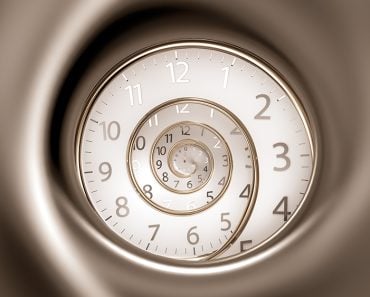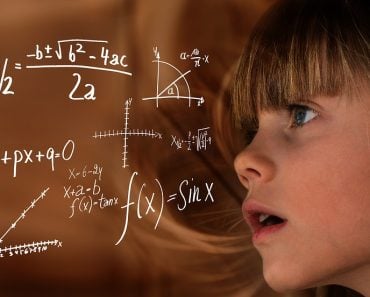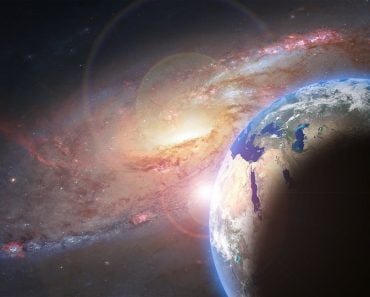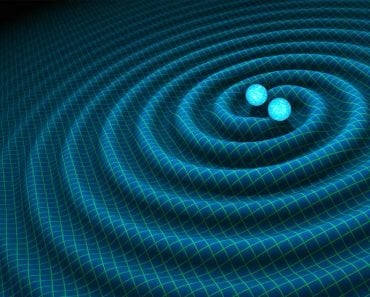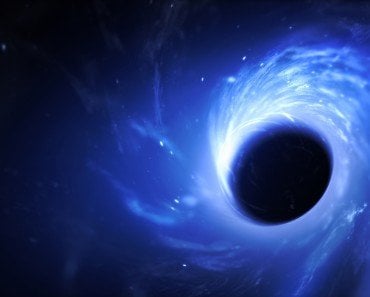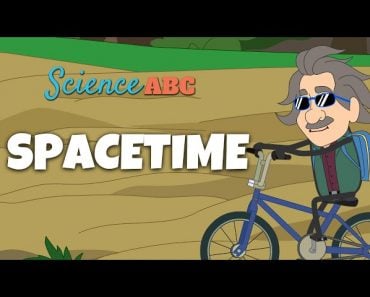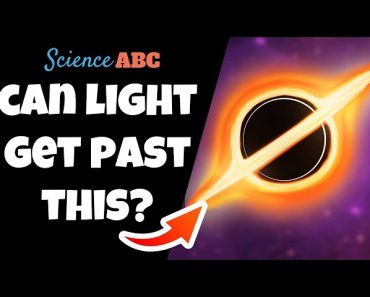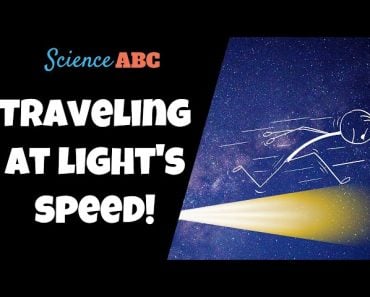Table of Contents (click to expand)
Gravity impedes the flow of time, which implies that the more massive the object, the slower time passes in its vicinity.
In the spring of 1905, Albert Einstein, a reserved patent clerk, boarded a tramcar a few miles away from Bern’s Zytglogge Tower, a magnificent clock tower that dominates the city. After finishing his work, Einstein spent his free time contemplating the mysteries of the universe. He was known for his thought experiments, which were considered genius ideas. One of these thought experiments, which he pondered while riding on the tram that day, revolutionized modern physics.
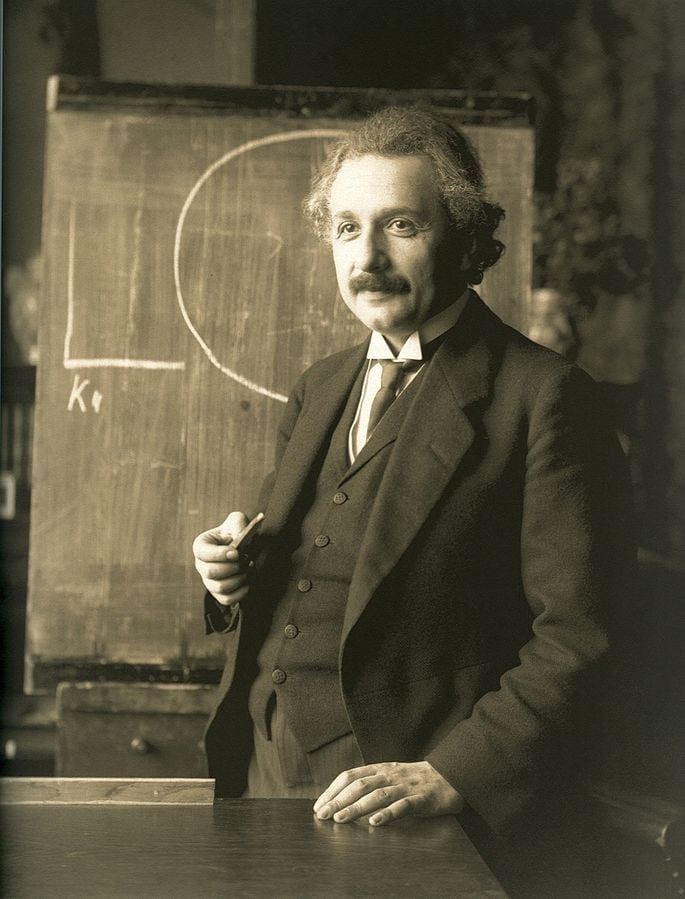
Einstein imagined what would happen if the tramcar traveled at the speed of light. As he gazed at the grand clock tower, he realized that if he were traveling at 186,000 miles per second, the clock’s hands, which already moved so solemnly, would appear to freeze completely. Meanwhile, back at the clock tower, time would run normally, and the hands would be ticking conventionally.
For Einstein, time slowed down, which led him to conclude that the faster you move through space, the slower you move through time. This discovery baffled many scientists, who couldn’t explain how it was possible.
Recommended Video for you:
Einstein’s Dilemma
Einstein was deeply influenced by two great physicists: Newton and Maxwell. Newton’s laws of motion and Maxwell’s laws of electromagnetism were contradictory. According to Maxwell’s theory, the speed of light is fixed at 186,000 miles per second, which he claimed was a fundamental fact about the universe. However, Newton’s law implied that velocities are always relative.
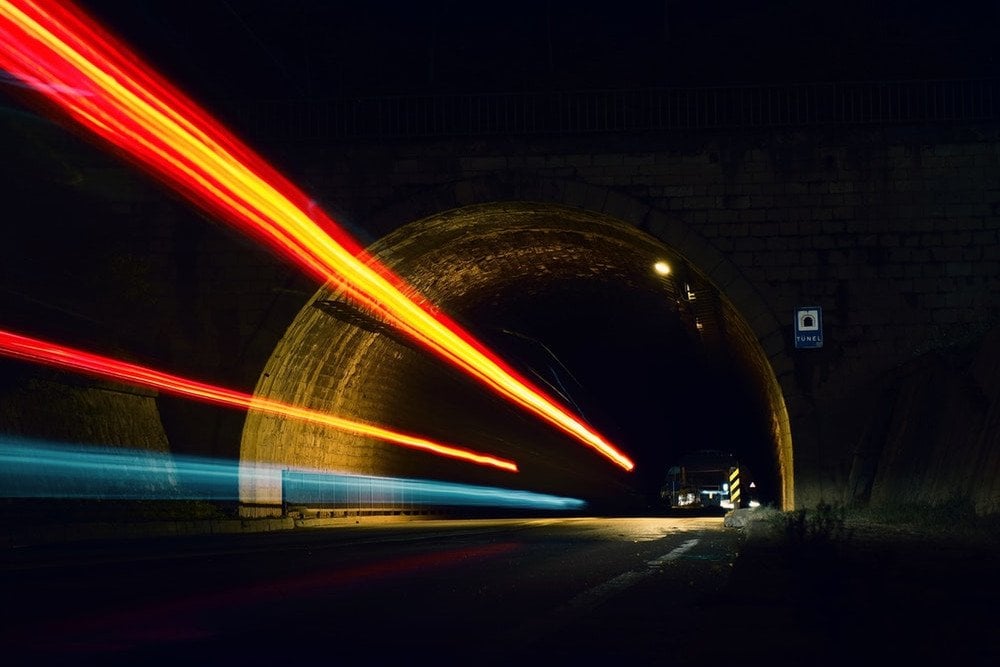
For example, a car traveling at 40 mph is 40 mph relative to a stationary observer but only 20 mph relative to a car traveling adjacent to it at 20 mph. This concept of relative velocity is incompatible with Maxwell’s fundamental fact when applied to the speed of light. This posed a serious problem for Einstein.
To understand the contradiction and why time slows down, Einstein devised a thought experiment.
He imagined a man standing on a station platform between two lightning bolts. The man observes the resulting beams of light from both sides at the same time. However, a fellow on a train views this scene while he moves past it at the speed of light.
According to the laws of motion, the light from the bolt closer to the train will reach the man earlier than the light from the bolt further from the train. The measurement of the speed of light made by both men will differ in magnitude, which contradicts Maxwell’s constant speed of light, regardless of the motion of an observer.
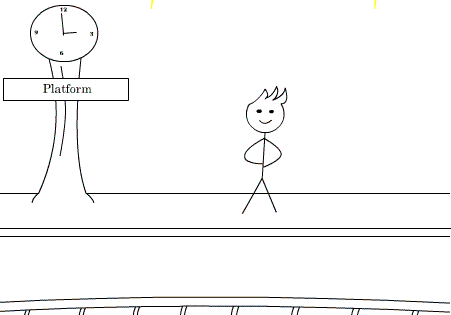
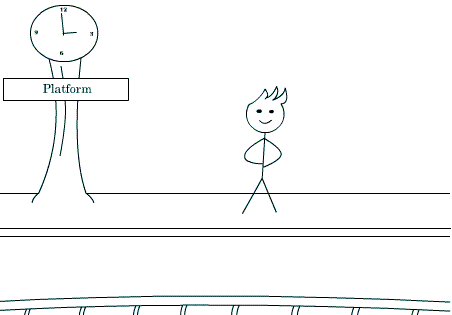
To solve this problem, Einstein suggested that time itself slowed down so that the speed of light remained constant. Time for the man on the train passed slower relative to the time for the man on the platform.
Einstein called this time dilation – one of the most groundbreaking claims in the history of physics.
Gravitational Time Dilation
Albert Einstein named his theory Special Relativity. However, Einstein needed to investigate the repercussions of his theory when it involved acceleration to reconcile it with the real world, where objects frequently accelerated and decelerated.
Through this effort to generalize and account for all general phenomena, he discovered a new theory of gravity that accounted for the relationship between time and gravity. He named this theory General Relativity.
Unlike Newton, who believed that the flow of time was unidirectional, moving forward like an arrow, Einstein hypothesized that time varied inversely with velocity. He claimed that time, like space, deserved its own dimension because of its malleability.
To Einstein, time and space were the same thing, a flexible 4-dimensional fabric on which the events of the Cosmos unfolded. He called it the fabric of space-time.
When Einstein published his work on General Relativity, people were skeptical. According to this theory, matter stretches and contracts the fabric of space-time. Thus, objects are not mysteriously pulled towards the center of the Earth but rather pushed downwards by the warped space above them.
Emulating a slope, the curvature of space-time accelerates objects that move downward. However, the rate of this acceleration is not the same at all points. Gravity is stronger towards the surface of Earth, where the curvature is more intense than it is on its fringes.
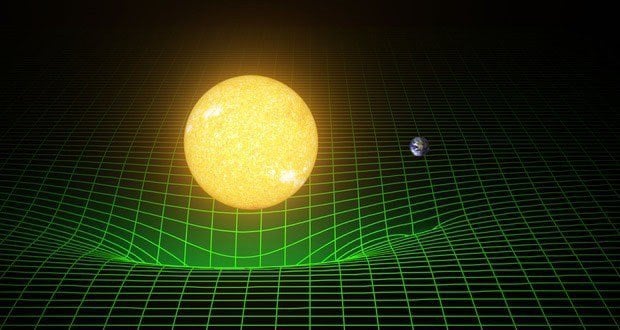
If the force of gravity increases as we move downward, a free-falling object falls faster at a point on the surface, say B, than it does at a higher altitude, say A. For the free-falling object, according to Special Relativity, time at B must pass relatively slower than it would pass at A because the object’s velocity is faster at B.
What Is Time?
What time is the correct time, then?
Well, none of them.
Einstein postulated that there is no absolute time. Time is relative depending on the system of forces one is subject to, formally known as a frame of reference.
Time running in your own frame is known as the proper time. If the laws of motion must be the same for all observers, regardless of their motion, then time must slow down, such that the faster you move, the slower your clock runs relative to another clock.
This is what Anne Hathaway referred to in Interstellar when she said to Mathew McConaughey after landing on a faraway planet: “One hour on this planet is 7 years on Earth.”
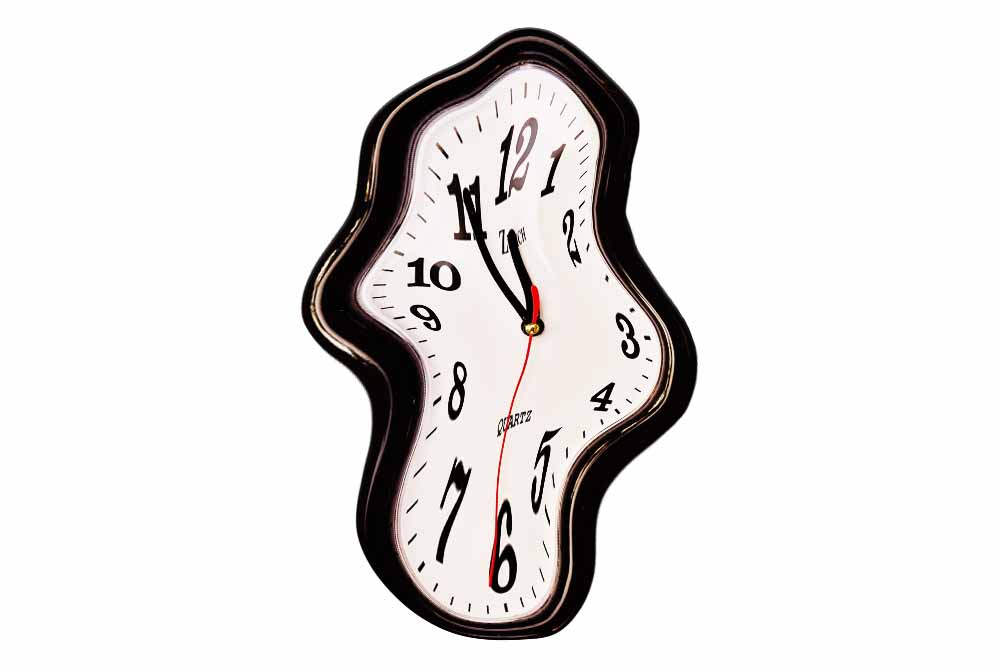
Refer again to Einstein’s thought in the tramcar. Is the appearance of the slower clock a constraint of our primitive neurological build-up, or does time really slow down? And what does time’s slowing down even mean? The capriciousness of time compels us to ask – what is time itself? This is not just a question that obnoxious philosophy undergrads ask each other at frat parties. The notion of time has perplexed natural philosophers and physicists since antiquity.
The primary function of time is to keep a chronological track of events. However, until the last 400 years, people determined time on the assumption that stars moved around us rather than the Earth moving around them. Despite the incorrect ground for its inference, “time” still fared well. It worked because days and seasons repeated predictably, and you have a timekeeping mechanism when you have something that repeats predictably.

Galileo used the recursive nature of such a mechanism to compute motion. Describing motion would be impossible without any reference to time.
However, this time was never absolute. Even when Newton formulated the laws of motion, he recruited a notion of time wherein two clocks don’t tick in steps with an absolute, independent time but rather with each other. Synchronization is the reason we have built such highly sophisticated and accurate atomic clocks.
This notion of time is structured on simultaneity, a simultaneity or a crucial coincidence of two events, such as the arrival of a train and a unique alignment of the hands of a clock just when the train arrives. Einstein’s theory states that these coincidences must be influenced by how one moves. If the two observers on the platform and the train cannot agree on what is simultaneous, they cannot agree on how time itself flows!
To understand the influence of motion on predictability, let us consider the simplest timekeeping mechanism. Imagine a timekeeping apparatus comprised of a photon that reflects back and forth between two finitely distanced mirrors.
Let’s agree that one second passes each time the photon reflects. Now, hang two such clocks at points A and B above and on the surface of Earth (discussed in the previous section) and let them measure the time right when the free-falling object falls past them. The free-falling object measures the time passing in its own reference frame with a similar clock. What do they measure?
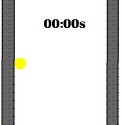
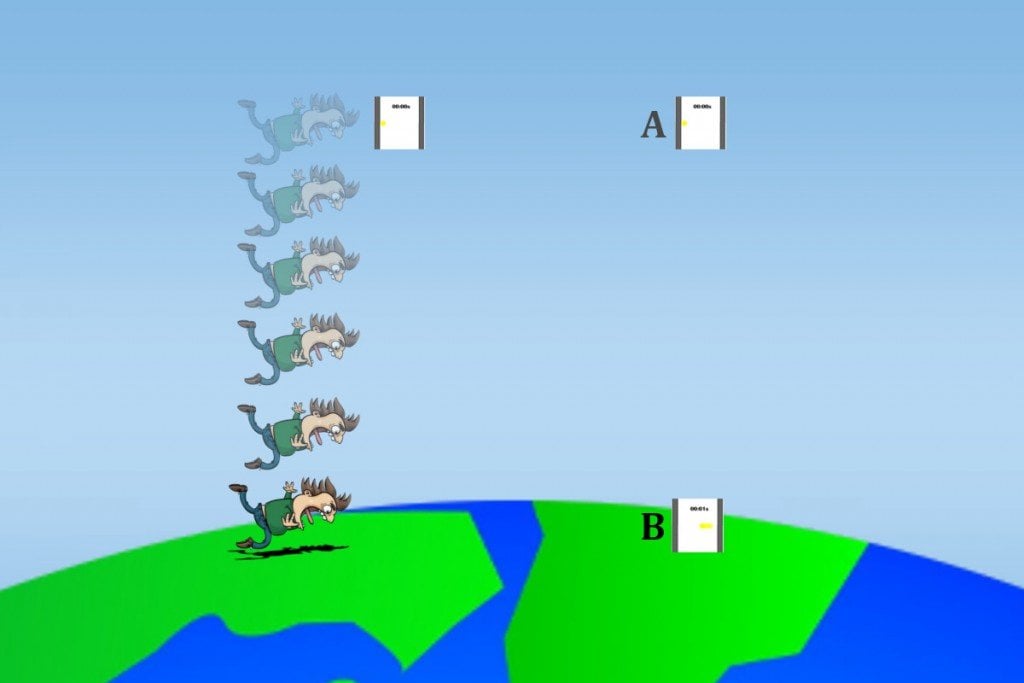
Observing the reflection of a photon between two moving mirrors is analogous to observing a tennis ball bouncing in a moving train. Even though the ball bounces perpendicularly for someone in the train, for a stationary observer outside it, the ball bounces in triangles.
As the apparatus moves forward, the photon after it is first released, like the ball, appears to travel a longer distance after it is reflected. Our measurement of time has, therefore, been distorted! Furthermore, the faster the apparatus moves, the longer the photon takes to reflect, stretching the second duration! This is why the flow of time at point B turns out to be slower than at point A (recall how, due to gravity, the object falls faster at point B than point A). This programmable graphic limns the triangular motion of the photon and consequently the delay in the flow of time brilliantly.

Of course, the difference is infinitesimal. The difference between the time measured by clocks at the tops of mountains and at the surface of Earth is nanoseconds. Still, Einstein’s discovery is nothing short of groundbreaking. Gravity impedes the flow of time, implying that the more massive the object, the slower time passes in its vicinity.
That being said, the selection of light clocks to prove this seems convenient, given that the entire article talks about the slowing down of light. However, time dilation affects every clock, whether it relies on the simplest of an electromagnetic phenomenon or a complex combination of electromagnetism and Newton’s laws of motion. General Relativity’s universality assures this. In fact, even biological processes, and consequently, time, are dilated. Yes… your head is slightly older than your feet!
Last Updated By: Ashish Tiwari
References (click to expand)
- Time dilation and length contraction in Special Relativity.
- Non-Mathematical Proof of Gravitational Time Dilation.
- Austin, R. W. (2017). Gravitational Time Dilation Derived from Special Relativity and Newtonian Gravitational Potential. European Scientific Journal, 13(3), 447-454.
- Marinov, S. (1976, October). Gravitational (dynamic) time dilation according to absolute space-time theory. Foundations of Physics. Springer Science and Business Media LLC.


